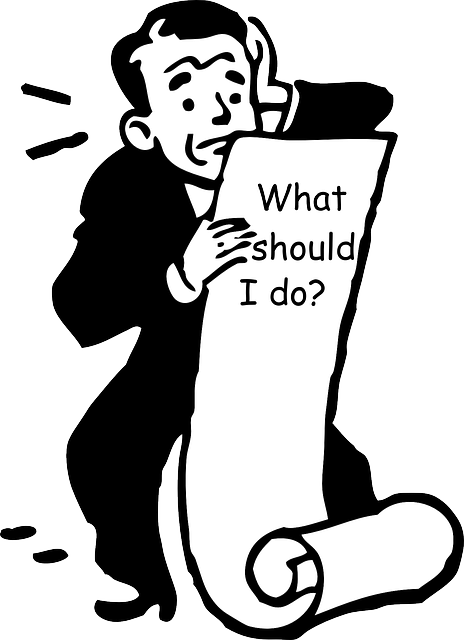Are you happy when you are checking things off your list? Or do you get overwhelmed because your to-do list seems to just keep growing? I remember the last time I worked with a to-do list. It was a Monday morning and I had about 1 ½ pages of tasks that I wanted to get accomplished. Throughout the day, new priorities popped up and I would add them to my list, while checking off the tasks that I completed. At the end of the day, guess how long my to-do list was? It was still 1 ½ pages. Although I accomplished what I believed was a lot at the time, I couldn’t be sure I spent my time on the right things. The problem is that to-do lists are not the best way to organize and prioritize what needs to get done.
The main problems of to-do lists are:
- The list looks pretty much the same, 1-2 lines. They can have a flag or other symbol marking them as priorities but don’t you tend to want to prioritize most of your tasks?
- You have to scan your list just so that you can pick off the ones you can finish quickly, or to find the tasks that need to be done immediately.
- It can be overwhelming to have all these items that need to be done or even frustrating when the list doesn’t seem to be shrinking.
- There may be items that should not even be labeled “to-do”, but more of a project that requires significant planning.
Does this imply that you should not waste your time in making lists? Not at all. The key is in making the right lists and being strategic in how you use them. The right list can actually help you increase productivity.
Here are Some Must Have Lists To Increase Productivity:
Goals or Important Projects List:
The power of achieving a goal starts in writing down your goals. Having a list of priorities you need to accomplish is important, but it needs to be specific and targeted. You should only put things on your list that you can answer yes to these four questions:
- Is it Important or will it bring me a High Return when achieved?
- Do I have the time needed to accomplish it?
- Do I have the resources needed to achieve it?
- Is this task a non-negotiable?
Important goals and projects should be broken down into smaller actionable tasks. Separating your goals into its own lists allows you to easily identify what is important.
A Delegating List
Review everything that needs to be accomplished and ask yourself, “Am I the only person that can accomplish this task?” Sometimes we have the habit of wanting to do everything ourselves, believing it is “faster” than to delegate it to someone else. You might believe that you are the best person to accomplish it. While that might be true, it is really short-term thinking. If you are a leader, one of your priorities is to develop your team. What better way than to delegate tasks and assign stretch assignments to your employees. Not only will it save you time, it will also increase trust level and employee engagement.
Write down all the projects and tasks that you delegated and who you delegated them to. Then set follow-up sessions to review progression.
A Long-Term Goals List
Some projects require more time and investment. These should be separated into a long-term goals list. When you write something down, studies say you’ll be 33% more likely to do it because it sets an intention and puts a goal into motion. Create this list and set a reminder to review it regularly.
Talking Points List
Do you have an upcoming meeting, or an important conversation coming up? A great way to ensure that you cover all important points is to have a talking points list. This list should be short and in point form and acts as a reminder of what you need to cover during the meeting or conversation. Keep it handy for review right before the conversation.
How is creating 4 separate lists better than one big task list? By separating goals, projects, tasks etc.… into different lists, you can easily group common tasks together. This makes for quick reference after. Now that you have your lists, how do you work through them?
Here Are Some Best Practices for Managing Your Lists:
- Create your list at the end of each day before you finish for the day. This way you can start your day productive.
- Organize your tasks according to productivity. Tasks that require heavy concentration should be dealt with first. Tasks that require less focus can be scheduled for the end of the day.
What is your favorite way to stay on top of all your daily tasks?

